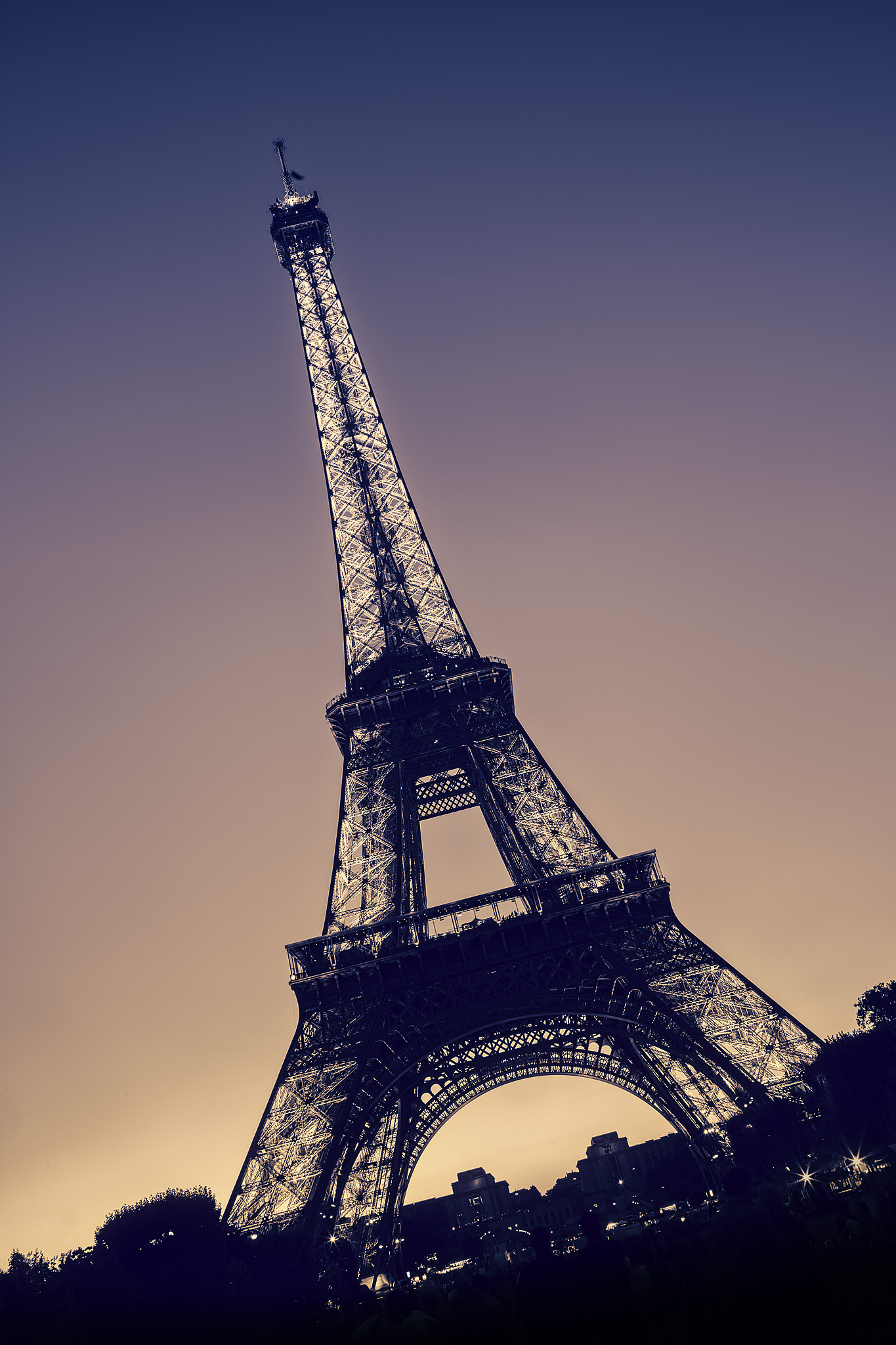The Eiffel Tower, Paris
The Worlds Fair was to be held in Paris in 1889. The construction brief for it's entrance was to “study the possibility of erecting an iron tower on the Champ-de-Mars with a square base, 125 metres across and 300 metres tall”
107 bids came in for the job and of these the contract was given to Gustave Eiffel. Eiffel obtained a patent for his design in 1884 and the assembly began on the 1st of July 1887. All of the components had been previously created in Eiffel’s factory of which there were 18,000 pieces. These are held together by 2.5 million rivals.
The tower was assembled using wooden scaffolding and steam cranes mounted onto the tower itself. It took 21 months to assemble the tower.
The Eiffel tower is 324 metres (1,063 ft) tall, about the same height as an 81-storey building, and the tallest structure in Paris. Its base is square, measuring 125 metres (410 ft) on each side. At the time of its construction, the Eiffel Tower was the tallest man-made structure in the world, a title it held for 41 years until the Chrysler Building in New York City was built in 1930.
It is hard to imagine Paris now without it but at the time the tower was not received well by everyone and a letter was written to protest its creation, which stated in part, “We come, we writers, painters, sculptors, architects, lovers of the beauty of Paris which was until now intact, to protest with all our strength and all our indignation, in the name of the underestimated taste of the French, in the name of French art and history under threat, against the erection in the very heart of our capital, of the useless and monstrous Eiffel Tower which popular ill-feeling, so often an arbiter of good sense and justice, has already christened the Tower of Babel.”
At the time of its construction the tower was only meant to last for 20 years, after this it was planned for it to be dismantled. However during the Worlds Fair 2 million people visited the Eiffel Tower and it became a symbol of French industrial power.
It was later saved from demolition by proving itself useful as an antenna, firstly for military communications and then for radio.
The tower is now a global icon for Paris, it is visited by over 7 million people each year and Paris wouldn’t be the same without it.










